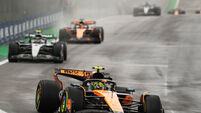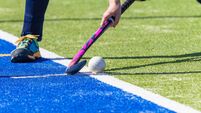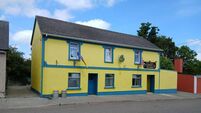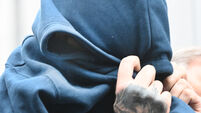Harrowing voices finally heard from the darkest depths of Irish sporting history

🚨OUT NOW🚨
— Second Captains (@SecondCaptains) August 27, 2020
🎙 Episode 1: It Happened in the Summer #WhereIsGeorgeGibney @BBCSounds
🔊Listen where you get your podshttps://t.co/OytW5DPE7s pic.twitter.com/LK8S9xIsys
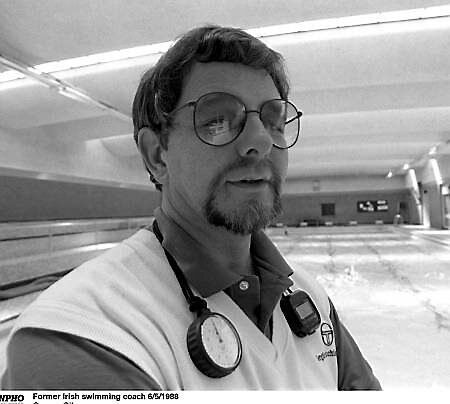
George Gibney never stood trial to face the charges laid against him. Instead, he vanished.
— BBC Sounds (@BBCSounds) August 27, 2020
Subscribe and listen to the new investigative podcast Where Is George Gibney? on BBC Sounds now 🎧 https://t.co/FfMkZkBCni pic.twitter.com/RGkhNF3oei
And it’s about putting the stories of O’Toole, White, and fellow survivors front and centre. Horgan explains that he only sat down with these acclaimed swimmers after the series was commissioned because they’d seen and done projects before where little has come of them. Though he’s part of a big team including co-producers Ciarán Cassidy and his sister Maria Horgan, and researcher/fact-checker Killian Down, Horgan was the only person in the room when he was playing those taped interviews for O’Toole.



